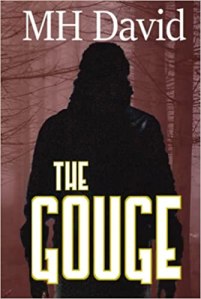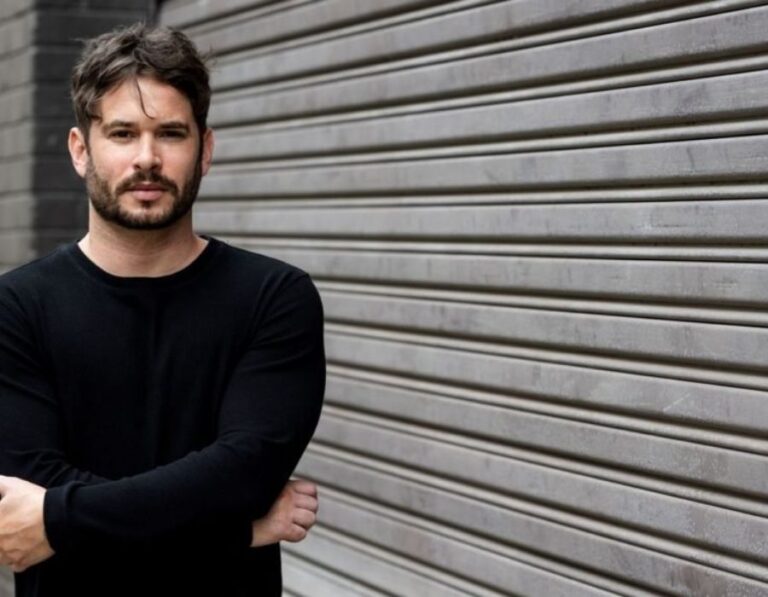
Today’s post is by book coach Ayesha Ali.
Your protagonist must have a story goal.
That is a piece of writing advice that rarely gets elaborated upon. Sure, it’s easy to identify a protagonist’s goal in a quest story, romance or mystery, but even in these novels, the action might not begin until chapters 4 or 5. So what does your character do in these early chapters when things haven’t been shaken up yet?
Most story structure guides begin with an exploration of the Normal World. The Normal World serves an important purpose: it introduces you to the protagonist, the values and traditions they grew up with, and their opinions on the world they inhabit. But watching a character go through their daily routine is boring and can become tedious if handled poorly.
Central to strong opening chapters is the struggle that your character faces in their normal life. Some craft teachers call this struggle the inner wound, others call it the lie the character believes, and some simply call it dissatisfaction with the current situation. Your protagonist’s response to this struggle will determine their goals in the opening scenes.
Goal 1: Avoid
Whatever struggle your protagonist faces, they want nothing to do with it. They might not know how to deal with it, or it may take energy that they don’t have, or the problem is just so large and nebulous that there’s no easy answer.
Avoidance is a deceptive concept. At first glance, it seems easy—after all, how hard could it be to do nothing—but in fact it takes an incredible amount of energy. To avoid something, you’re on constant alert for situations that may bring it up. For example, if you’re sensitive about your height, you’re wary of being placed next to someone who is taller or shorter than you, a good portion of your brain is analyzing conversations anticipating height-related comments and coming up with ways to divert to another topic. You may even want to avoid being in picture which, in our day, is almost impossible.
As a storyteller, you can leverage this stress to create very tense opening scenes. Ask yourself:
- What is my protagonist trying to avoid?
- What reminders (people, places, sights, smells, etc.) are vital for them to avoid?
Now brainstorm 5–10 small concrete actions that your character can take in your opening chapter.
Goal 2: Persevere
This is where it’s not enough for your character to just keep plugging along. They may have someone they care for or they feel that maintaining status quo is akin to giving up. Here, it’s important to hone in on your protagonist’s motivation and what failure means to them.
An example is Katniss Everdeen from The Hunger Games. For her, the stakes are high—if she doesn’t go beyond the fence of District 12 to hunt, her family will starve—but she is also motivated by her sister’s joy. If she doesn’t hunt, if she doesn’t take all of the tesserae, then Prim will have to give up the simple pleasures of childhood to survive. Katniss’s dedication to ease the suffering of others continues throughout the trilogy and is one of the reasons she is so engaging.
There are a few strategies you can use to find your character’s motivation. One way is to use personality tests. Personality tests are an analytical tool used by psychologists and provide an excellent list of personal motivations for you to choose from.
Another strategy is the 5 Whys. This is where you interrogate your character and ask why are you doing that five times over to dig deep into their psyche. A possible list of questions for Katniss may look like this:
Why do you go beyond the fence? So I can feed my family. Why do you need to feed your family? So my mom and my sister wouldn’t starve. Why do you care if they starve? Because I love them. Why do you have to be the one to do it? Because if I don’t, my sister will have to go to the orphanage. Why is it so bad for her to go to the orphanage? Because the joy will be beaten out of her and I don’t want that to happen.
Once you have chosen a motivation for your protagonist, play with your opening scene. Try not to change the events that happen. Focus on how your protagonist thinks and how they problem solve to craft a unique scene.
Goal 3: Endure
Sometimes you encounter situations that you just have to endure. It may be tempting to give your protagonist an unending situation to endure, but that drains the potential tension from the scene. When you expect nothing to change, this becomes a new status quo, and status quo equals boring. Giving a specific date for the character’s situation to end keeps the difficulty alive which in turn creates tension.
In The Lightning Thief, Percy Jackson’s goal in chapter 1 is to get through the field trip and the last few months of school without getting expelled, which is not an easy thing for him. Bullies, a crazy math teacher, and his own ADHD put considerable obstacles in his way. But with the promise of seeing his mom again and his desire not to disappoint her, Percy is determined to keep his goal.
Ask yourself:
- What’s the light at the end of the tunnel for your character?
- How long do they have to endure to reach it? (Don’t make the time line too long or the draw will lose its pull.)
- What concrete actions does your character need to take to reach that light? (e.g., pass a test, finish a project, keep grinding until Christmas break).
Now, as with avoidance goals, brainstorm a list of 5–10 small, concrete actions that your character can take in your opening scene to keep going.
Goal 4: Fight
This type of opening scene goal is the hardest to accomplish. In the other three goal types, the protagonist works within the constraints of the society they live in; here, they want to change those constraints. For fight goals, the protagonist faces their struggles head on and decides to take the biggest risk they can think of. In other words: Go big or go home.
Like perseverance goals, you need a firm grasp of your protagonist’s motivation. The character will most likely have a personal philosophy they need to uphold, and you can use the 5 Whys to get at the heart of why they believe fighting for their philosophy is so important.
An example is Steve Rogers in Captain America: The First Avenger. The opening scenes of the movie shows Rogers’s determination to enlist in the army during WWII despite his myriad of health issues. When asked why, he responds, “I don’t like bullies,” and an early scene shows how bullying manifests in his personal life.
Exercise
- Use the 5 Whys to discover your protagonist’s deep seated motivation.
- Look into the character’s past. Pick two to three events that strengthen this motivation and free write about each.
- Finally, take a look at your opening scenes and brainstorm 5–10 ways you can incorporate this motivation into the protagonist’s actions and thoughts.
Ayesha Ali is a book coach for speculative fiction writers of color. “My job is to get to know your story, your characters, your world, and to help you flesh them out. We will work from the material you have on the page rather than tropes.” To learn more, visit her website at writingpowerup.com






